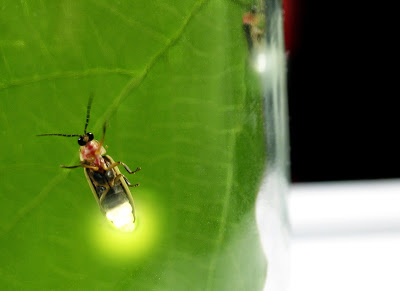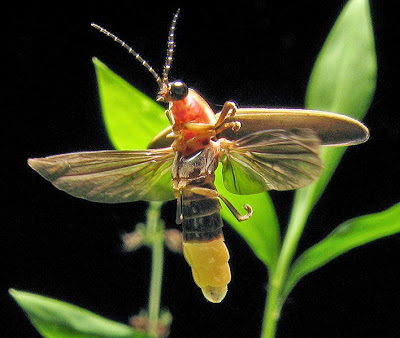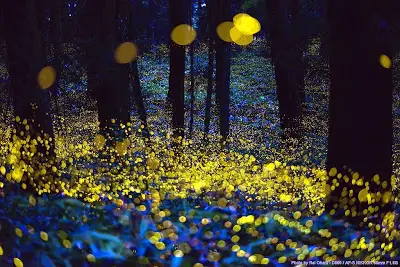 Fireflies were once a sign of summer with their little buttocks glowing in the night, but they are becoming almost impossible to find nowadays. Where have they gone, and what has made them disappear?
Fireflies were once a sign of summer with their little buttocks glowing in the night, but they are becoming almost impossible to find nowadays. Where have they gone, and what has made them disappear?
I remember the process of catching fireflies was a summer ritual. You could run through a field or find them in your backyard. It was a fun game to chase and collect as many as you could, just to watch them glow. But something strange has happened, fireflies aren’t around anymore, at least not in the numbers I remembered as a kid. Sure there are sightings in certain areas, but nothing as prolific as twenty to thirty years ago. There may be two reasons for the decline in the firefly population—development and light pollution.
Most fireflies start out in fields, marshes, or forests, and they seldom ever leave. They’re like that old guy in the house down the street; he’s been there forever and has no plans to leave until his kids force him out. Fireflies develop as larvae in rotting wood as well as near streams and ponds. There are many different species of fireflies, and each one thrives in a different environment. Some fireflies like the forest while others prefer fields or streams. As you know, development around the country has increased, but with this increase the habitat of the firefly is being taken over. As more and more development occurs, the home-bodied fireflies are getting snuffed out.
Another possible reason for the decline in fireflies is the increase in light pollution. Scientists don’t know for sure, but human light may influence the firefly’s ability to communicate. Both females and male fireflies use their flashes of light to communicate, warn off predators, defend their territory, and to attract a mate. It may be the case that the fireflies just can’t find each other anymore. Their signals could be drowned out because of excess light in their habitats. Unfortunately fireflies don’t have an online dating service to find each other.
 |
| art farmer/wikimedia |
Fireflies are small and amazing creatures and only time will tell how much their habitats will ultimately be affected. One thing is certain, it would be a bummer if they no longer light up the sky on those warm summer nights. I’m not sure what they contribute, but they sure are cool.
Have you noticed a decline in fireflies? Or do you continue to see them and in what areas? It’s been ten years since I’ve seen one here in the southwest, how long has it been for you?




